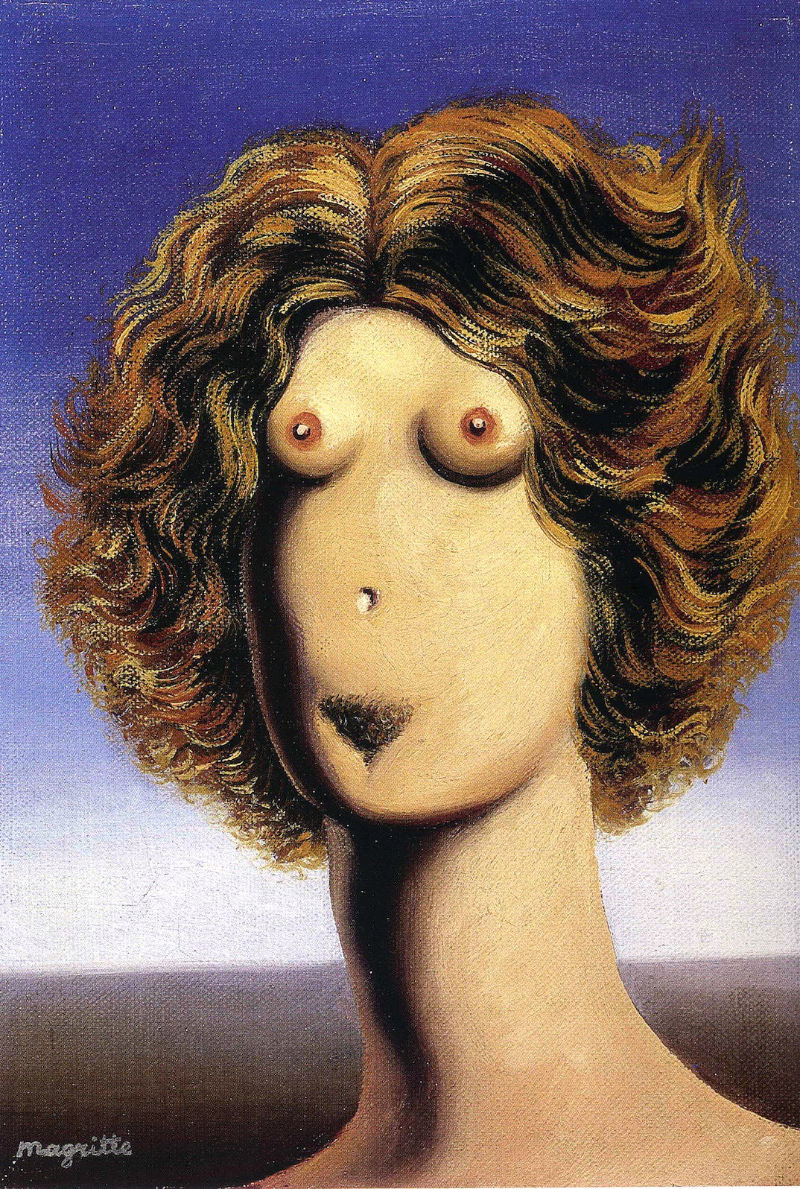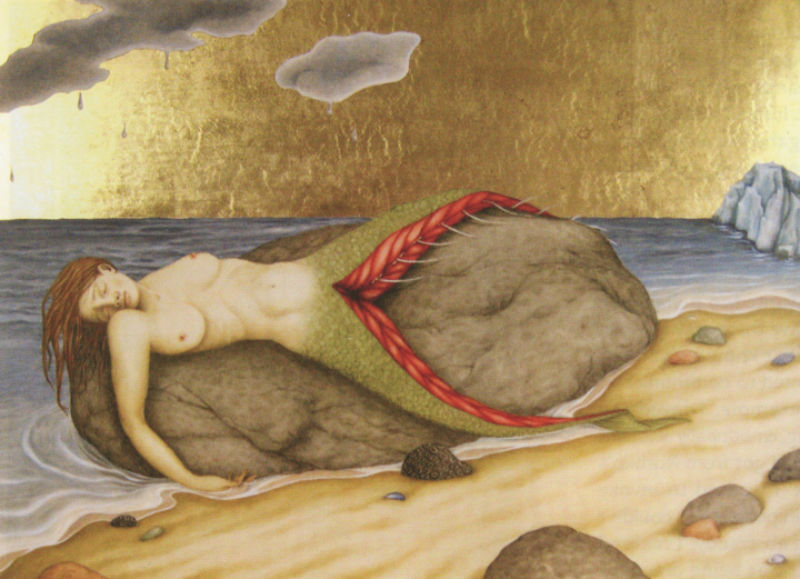Blog / 2017 / Me Too
October 17, 2017
Slightly hazy and pink-toned, the slide of René Magritte’s The Rape was still striking, projected larger-than-life on the classroom’s pull-down screen. I was twenty, and I’d been sexually assaulted for the first time just a few months before.

As the professor explained Magritte’s work and life, I looked into the eyes in the painting and saw myself for the first time, art history lesson be damned.
Sixteen years later, I still don’t know the artist’s intentions behind this painting. If I had to guess, from what I know of Magritte’s relationship with women, I’d say the artist was not being as much of a feminist as I would have wanted him to be. Still, that doesn’t take away the power of this image.
For me, it represents the way our misogynist culture castrates women, severing our brains and our hearts from our bodies in order to make our bodies easier to use. What’s more, The Rape depicts the very specific silence of sexual assault. The inability to speak up as the attack is happening as well as the inability to say anything long after it’s over.
Until just a couple of weeks ago, Magritte’s work covered it all when it came to sexual violence. I could take an interest in other artworks that address rape, but nothing had the visceral effect that Magritte’s work did. Then I encountered Tabitha Vevers’ When We Talk About Rape IV.

And I began crying uncontrollably. Even though it’s been years since a man has assaulted me or harassed me much beyond the daily inconvenience of lecherous old men farting out of their mouths or the perennial poison spewed by anonymous MRAs on the internet.
My reaction to Vevers’ work has a lot to do with the piece itself. It’s confronting, managing somehow to be tastefully graphic. I feel like if I’d seen When We Talk About Rape as a child I would have been better at protecting myself, because I would have understood more fully what I am and what rapists are.
Vevers’ mermaid makes me see what Magritte’s portrait lacks, because Vevers’ mermaid gives me a sense of community. There is no question what she means by this artwork. Even if I don’t understand every nuance of why she painted it, I know that she loves and respects mermaids, and I know that this painting is a commentary on those who don’t.
Magritte’s work is muddier, purposefully so as far as I know from reading about what he wanted for his art. That’s okay, but it’s not what I personally need when it comes to sexual assault. Right now, I need community. I need to know that other people understand.
Maybe this post made you think of something you want to share with me? Or perhaps you have a question about my art? I’d love to hear from you!
To receive an email every time I publish a new article or video, sign up for my special mailing list.
If you enjoyed this post, Ko-fi allows you to donate. Every dollar you give is worth a bajillion to me!



